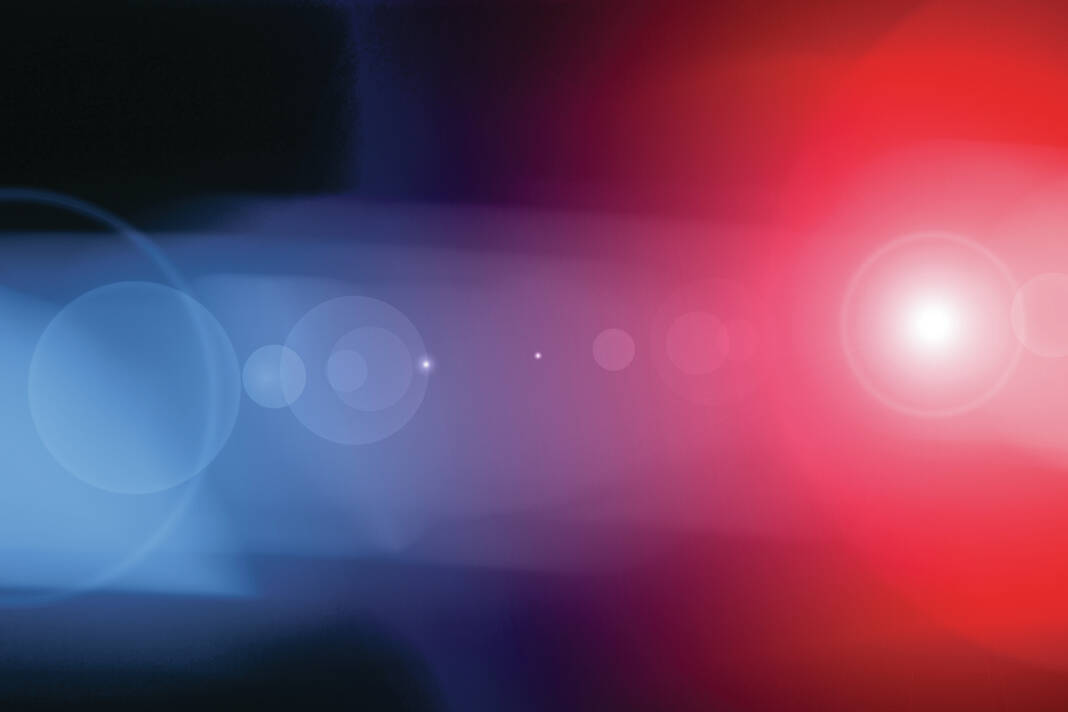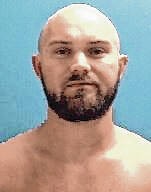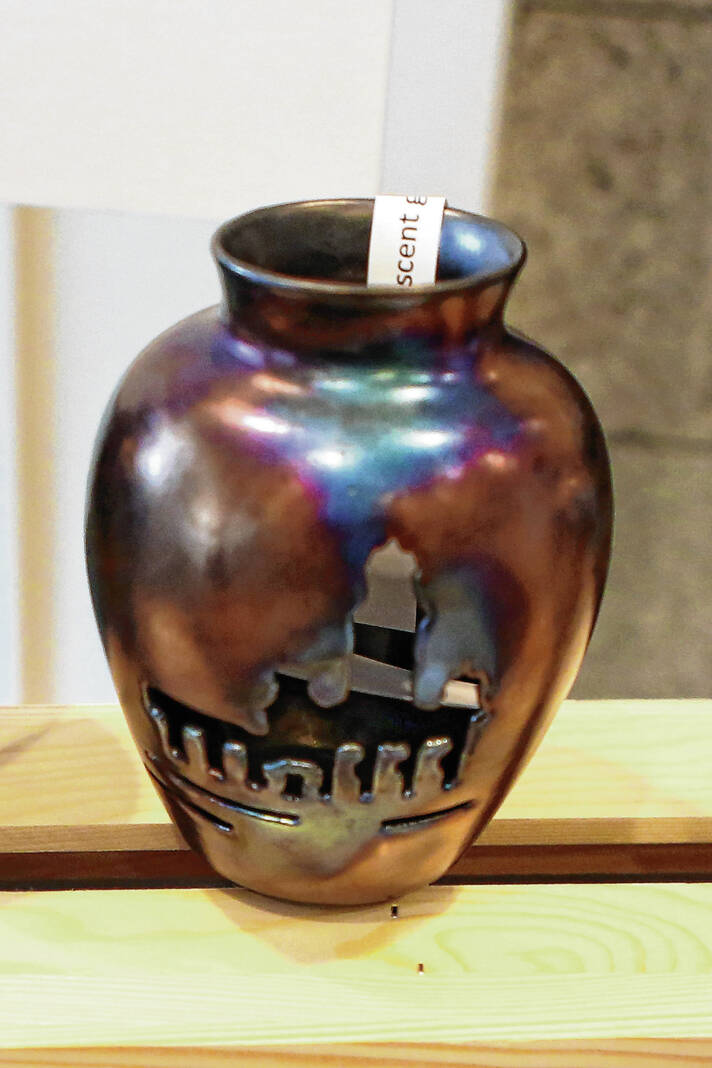Early detection saves lives and Columbus Regional Health’s Breast Health Center is implementing new technology that could detect breast cancer sooner than ever.
About 9,000 mammograms are completed every year at the Breast Health Center, on the hospital campus at 2400 17th St. Until mid-July, all mammograms were completed on a traditional 2-D mammography system.
Now with the addition of two new 3-D mammography systems, registered nurse Deana Tuell — who manages the center — hopes more patients will have their cancer detected earlier.
“There are many small cancers that hide in the breast,” Tuell said. “The breast is hard to see through, so there are some places the cancer can hide in there. Our old technology wasn’t nearly as good as this technology at seeing all through it.”
The new 3-D system, created by Hologic, slices images of the breast into several layers, allowing physicians to better evaluate the breast tissue layer by layer. Finer details are also more visible and no longer hidden by overlapping tissue.
Columbus Regional Health invested more than $1 million in the new machines and software, made possible in part by a donation to the hospital’s foundation. It is currently the only hospital within its 10-county service area to offer 3D mammography, spokeswoman Kelsey DeClue said.
Dreaded words
Jan Matchette was diagnosed with breast cancer June 19, 2014 — the same month she retired from teaching at Columbus North High School. Ever since, she’s searched for ways to help other women avoid hearing three dreaded words, “You have cancer.”
“With the spread of breast cancer the way it is, anything to help detect it earlier and better to avoid some of the testing — that’s great,” Matchette said.
Had the 3-D technology been available for Matchette three years ago, she said it could have made a significant impact on the number of tests she had.
At first, Matchette thought the breast cancer affected only one breast. Further testing showed it was evident in both, resulting in a double mastectomy, two rounds of reconstruction, eight rounds of chemotherapy and 33 radiation treatments.
Because the traditional 2-D machine only takes two images of the breast, top and side, it’s more difficult to assess the breast tissue, said Tracy Accardi, Hologic’s global vice president of research and development.
Accardi compares the images provided by a 3-D machine to the pages of a book — several thin layers that make up a whole image. She said this new technology can detect cancer not only earlier in the disease, but more quickly in the testing process.
“We know that early detection saves lives,” she said. “The fact is that one in every eight women will develop breast cancer in her lifetime, making it absolutely critical that we continue to develop and adopt innovative screening technology that allows for better, earlier breast cancer detection.”
Accardi said studies have proven that the 3-D mammography exam established by Hologic has greater accuracy than 2-D mammography exams for women across the wide spectrum of ages and breast densities. She said the machine can detect 20 to 65 percent more invasive breast cancers than the traditional machine.
The 3-D technology also reduces the chance of false positive readings by 40 percent because of the layered images, giving a more comprehensive view of the breast, DeClue said. It also greatly decreases the chance of callbacks for women if something that may be completely normal appears abnormal on a 2D scan.
Since winning her fight against cancer, Matchette now serves as a volunteer in Columbus Regional Health’s cancer center, and encourages people to be aware of what is happening to their body.
“I was not a regular breast mammographer,” Matchette said. “I did not have many mammograms, so I don’t think it would’ve been caught any earlier. But knowing anything you can about detection helps.”
Tammy Creech, a nurse navigator in the Breast Health Center, has worked for Columbus Regional Health for more than 30 years. In that time, she has watched countless numbers of people battle cancer and come out stronger. As a nurse navigator, her job is to alleviate their fears.
“If we’re in tune with our body and our body is changing, we want to know about it, whether we come and do that screening mammogram every year or find something ourselves,” Creech said. “If you can head something off early rather than later, that’s great. That’s the best.”
She said the ultimate goal for physicians at the Breast Health Center is to discover something at a pea size rather than a golf ball size.
“Smaller is better in our world,” Creech said.
Moving forward
As breast cancer occurrence rates continue to grow with more than 252,000 cases of invasive breast cancer expected to be diagnosed in the U.S. this year, medical professionals say technology improvement in detection is crucial.
Susan Brown, senior director of health and education at the Susan G. Komen Foundation, said that while the 3-D technology is proven to detect cancers earlier than previous models, additional research is still necessary to outline all benefits of a 3-D machine versus a 2-D machine.
“It’s the best screening tool we have today that is widely available for finding breast cancer early,” Brown said. “More research is really needed to know whether this tool or any other tool that may be developed in the future will play a role in the early detection of breast cancer for all women or for certain groups of women.”
[sc:pullout-title pullout-title=”Who should get a mammogram and when” ][sc:pullout-text-begin]
Women 40 to 44 with average risk: Should have the choice to start annual breast cancer screening with mammograms
Women 45 to 54 with average risk: Should get a mammogram every year
Women 55 and older with average risk: Should switch to mammograms every two years, or have the choice to continue annual screening
Women 75 years and older with average risk: Screening should continue as long as a woman is in good health and is expected to live 10 or more years
Women with higher than average risk: Should get an MRI and a mammogram every year
Source: American Cancer Society, 2015 Guideline Update
[sc:pullout-text-end][sc:pullout-title pullout-title=”What is 3D mammography” ][sc:pullout-text-begin]
3D mammography allows a doctor to view breast tissue one layer at a time. Doctors get a series of images of the breast that allows them to better evaluate the breast tissue by each layer. 3D mammography also makes details more visible and no longer hidden by overlapping tissue.
Source: Columbus Regional Health Breast Health Center
[sc:pullout-text-end][sc:pullout-title pullout-title=”About the Breast Health Center” ][sc:pullout-text-begin]
Located at 2400 17th St., the Breast Health Center at Columbus Regional Health offers screenings and diagnostic mammograms, as well as biopsies.
Patients may still request to receive a 2D mammogram screening, and the 3D screening comes at no additional cost. For additional information, visit crh.org/service-centers/breast-health-center.
[sc:pullout-text-end][sc:pullout-title pullout-title=”Where to learn more” ][sc:pullout-text-begin]
To learn more about the Breast Health Center at Columbus Regional Health, visit crh.org/service-centers/breast-health-center.
[sc:pullout-text-end][sc:pullout-title pullout-title=”By the numbers” ][sc:pullout-text-begin]
9,000: Number of mammograms performed each year at the Breast Health Center at Columbus Regional Health.
7.5: Percent of mammograms performed at the Breast Health Center done for the first time.
589: Number of mammograms performed from January to June 2017.
37: Number of women diagnosed with breast cancer at the Breast Health Center from January to June 2017.
67: Number of women were diagnosed with cancer during 2016 at the Breast Health Center.
Source: Columbus Regional Health’s Breast Health Center
[sc:pullout-text-end]









